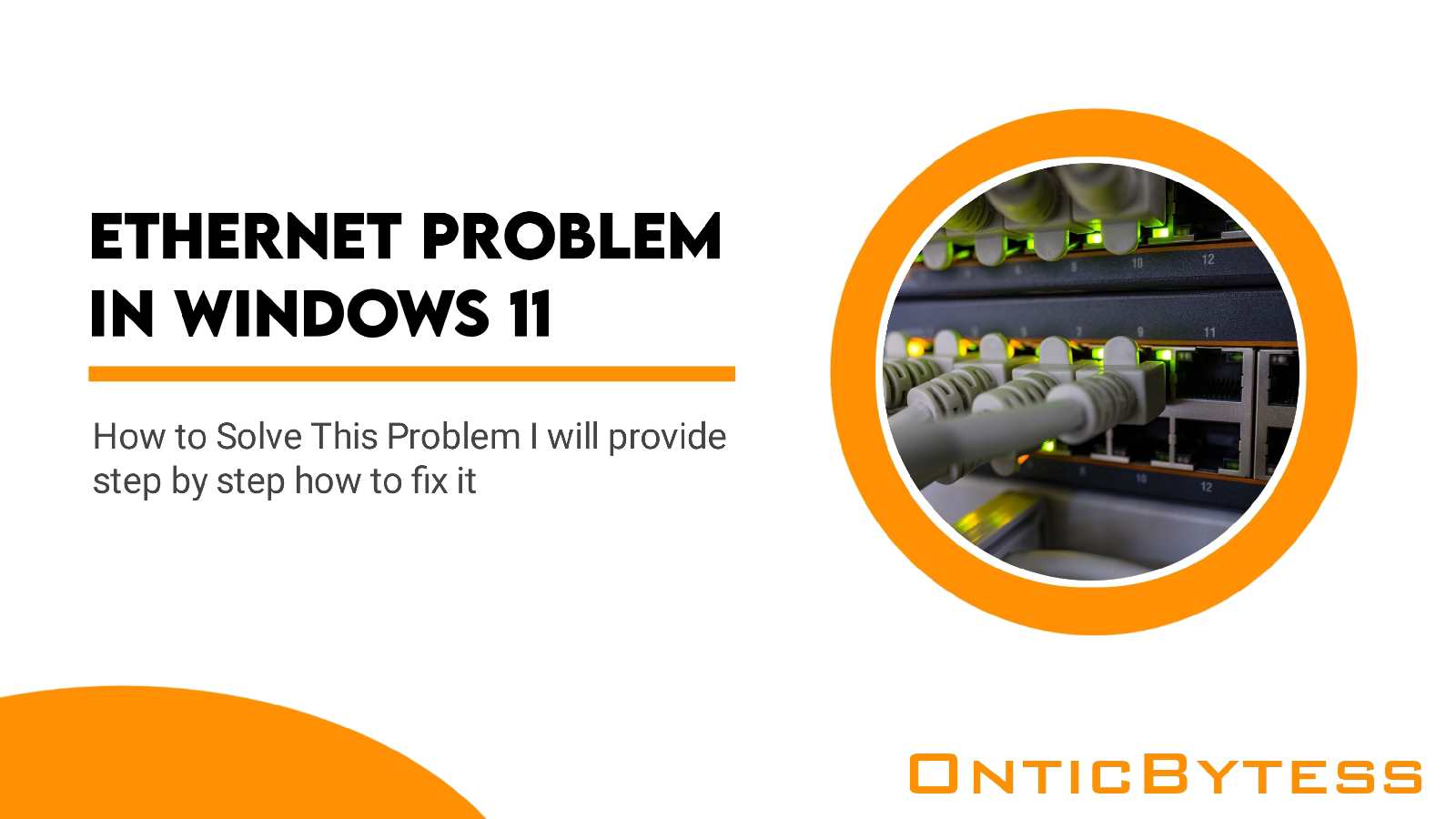What is E-sim?
An eSIM (Embedded SIM) is a type of SIM card that is built into the device rather than a replaceable removable card. With an eSIM, SIM data is stored and managed digitally within the device's hardware, eliminating the need for a physical SIM card.
eSIM technology was developed to allow consumers to easily switch carriers and plans without physically swapping SIM cards. It can also be used to add cellular connectivity to devices that previously could not support a physical SIM card. B. Wearables and other Internet of Things (IoT) devices.
The use of eSIMs on smartphones, tablets, and other connected devices is becoming more common and is expected to become even more prevalent in the coming years. However, not all carriers and devices support eSIM technology yet, so it's important to check with your carrier and device manufacturer to ensure compatibility.
• Types of E-sim
There are two main types of eSIM:
1. Consumer eSIM: Consumer eSIM is designed for use in consumer devices such as smartphones, tablets, and wearables. These eSIMs are usually built into the device at the time of manufacture and can be programmed with carrier and user plan information.
2. M2M (machine-to-machine) eSIM: M2M eSIM is used in IoT devices and machine-to-machine applications. These eSIMs are typically deployed in bulk and can be provisioned and managed remotely, making them ideal for applications such as smart cities, industrial automation, and fleet management. .
There are also different versions of the eSIM standard developed by different organizations, including:
1.GSMA eSIM: This is the most widely used eSIM standard, developed by the GSM Association, a trade body representing the interests of mobile network operators worldwide.
2.eUICC: This is a standard developed by SIMalliance, an industry association representing the interests of SIM card manufacturers. eUICC is designed to provide a more flexible and scalable approach to eSIM management.
3. Embedded SIM for IoT: This is a standard developed by GlobalPlatform, a non-profit industry association that develops specifications for secure digital devices and services. This standard is designed specifically for M2M applications and provides a secure and scalable method for managing eSIMs in IoT devices.
• E-sim in Future
The future of eSIM technology looks bright as it offers a number of advantages over traditional SIM cards and has the potential to change the way we use and manage cellular connections. Possible future developments include:
1. Wider adoption: As more carriers and device manufacturers begin to support eSIM technology, it is likely that eSIM will become the standard rather than the exception.
2. Greater flexibility: With an eSIM, it's easier for consumers to switch between carriers and plans, which can lead to more competition and lower prices.
3. Increased device compatibility: eSIM can be embedded in a wide range of devices, from smartphones and tablets to wearables and IoT devices, which can help to expand its reach. mobile connection.
4. Enhanced security: eSIMs are less susceptible to physical attacks and tampering than traditional SIM cards, which can help improve mobile network security. 5. New use cases: eSIM technology can support new use cases, such as a shared data plan for home or business or the ability to easily switch between other mobile networks each other while traveling.
Globally, eSIM technology has the potential to make mobile connectivity more convenient, flexible and secure, and has the potential to play an increasingly important role in the future of mobile communications.
• Why I use E-sim?
There are several reasons why you might choose to use eSIM technology:
1.Convenience: With an eSIM, you don't need to insert or remove a SIM card to switch carriers or plans. This can be especially helpful if you travel a lot and often need to change carriers or plans.
2. Flexibility: eSIM offers greater flexibility in terms of carrier and plan options. You can switch between service providers and plans more easily, and you can often activate a new plan or service provider remotely.
3. Device compatibility: Some devices may not have a physical SIM card slot or it may be difficult to access the slot. eSIM can be embedded directly into the device, making it easy to connect to a mobile network.
4. Security: eSIM can provide stronger security than physical SIM cards, as they are less susceptible to physical attacks and tampering.
5. Environmentally friendly: Since the eSIM is embedded in the device, there is no need to produce and distribute a physical SIM card. This can help reduce waste and impact on the environment.
Overall, if you value flexibility, convenience, and security, then an eSIM might be a good choice for you. However, it's important to note that not all carriers and devices support eSIM, so it's important to check compatibility before making the switch.



